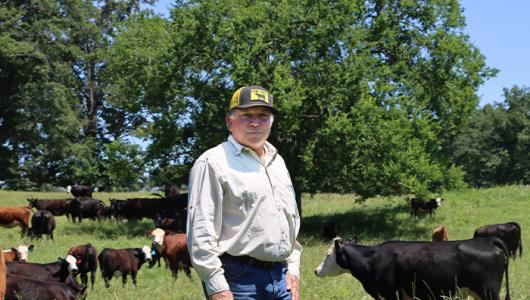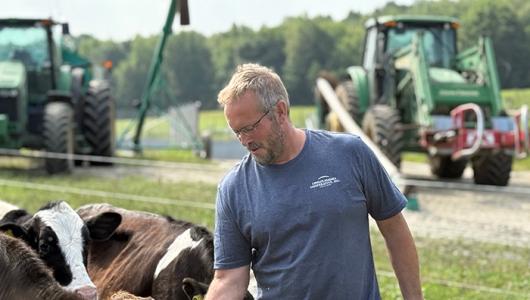This Friday visit a Yup’ik community in Hooper Bay, Alaska, located about 534 air miles west of Anchorage on the Yukon-Kuskokwim River Delta. For the numerous communities throughout rural Alaska, hunting, fishing, and gathering are not a hobby or a pastime like we see in the lower 48 states. These activities are fundamental to culture, livelihood, economics, and the survival of their homes and families.
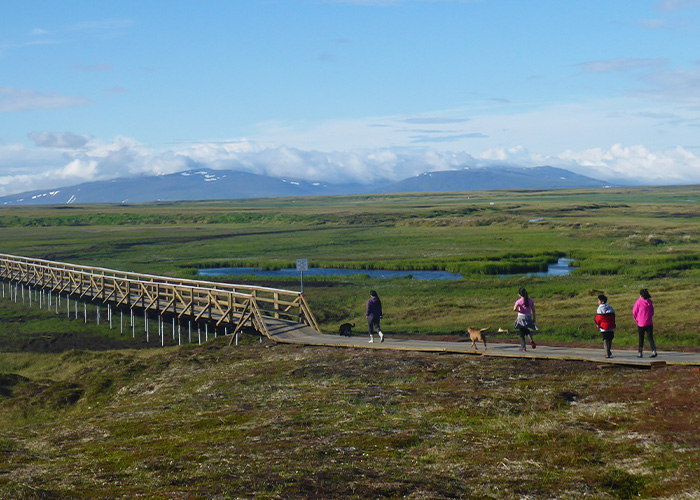
“My favorite thing about Hooper Bay is subsisting. It’s very important. It’s been a way of life for centuries,” said Virginia Hoelscher, resident of Hooper Bay. With this area of Alaska being so remote, Virgina expresses some of the community's struggles, “If you see the prices in our stores, they’re probably higher than anywhere else in the United States.”
A family of four in Anchorage spends 31% more on groceries than the national average according to USDA’s May 2025 Thrifty Food Plan. Where so many more communities in rural Alaska are hundreds to thousands of miles from Anchorage and off the road system, grocery store access for rural Alaska is typically even more costly if available at all. Any goods available in town must arrive by barge during the short summer months or by plane in the winter months. Subsisting off the land provides meat, fish, eggs, berries, firewood and other resources to sustain their way of life beyond what any village store could provide.
Building the Trail
USDA’s Natural Resources Conservation Service (NRCS) is working with Sea Lion Corporation to conserve and protect critical habitats in Hooper Bay that support subsistence, while also allowing safe human access to subsistence areas.
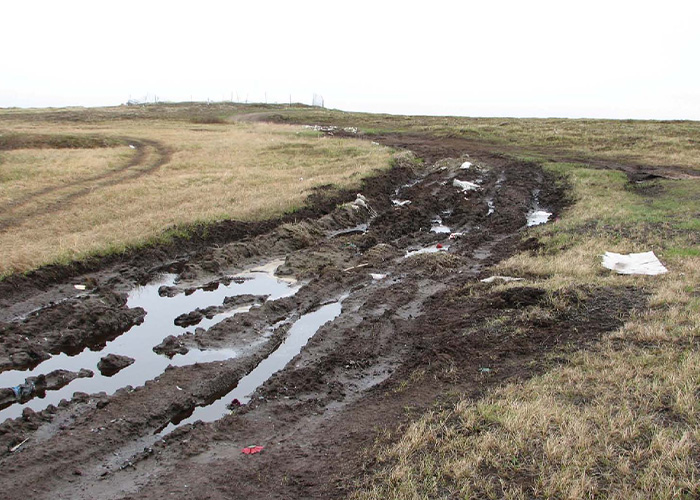
“Over 20 years ago our elders here became concerned. They foresaw the destruction ATVs [caused] on the bird nesting areas,” said William Naneng, general manager of the Sea Lion Corporation and resident of Hooper Bay. “Some of the elders sent out their grandchildren to collect the shorebird eggs to eat, and the grandchildren would report back to their grandparents that the ATVs have run over them.”
Over the last few years, NRCS has provided technical and financial assistance through the Environmental Quality Incentives Program (EQIP) to help the people of Hooper Bay build a wooden boardwalk trail. The trail provides controlled access for ATV traffic out onto the tundra to the beach so that people can access their subsistence areas without causing further destruction to the land and to critical nesting habitat.
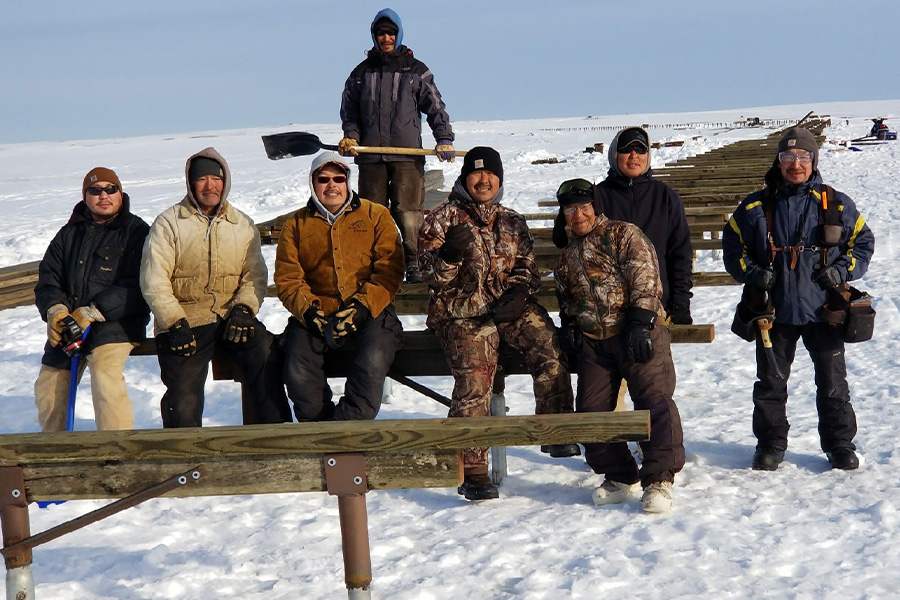
“We walked out across the tundra with them, and they showed us the damaged areas where their subsistence activities occur,” said NRCS State Conservation Engineer Brett Nelson. “Ultimately there was a lot of ATV traffic on the tundra and this happens to be in some world-class nesting habitat for threatened and endangered species.”
Healing the Land
NRCS worked with the community to gather input and make sure the trail was planned and located specifically to address the terrestrial habitat resource concern while also supporting their local subsistence needs.
“We used our engineering expertise to plan a stable route, and they used their traditional knowledge expertise to make sure that the route we were planning stayed in the vicinity of the places they needed to go,” Brett said. “The tundra has been healing rapidly, it’s incredible how much it can heal itself just over the course of a year once the traffic gets pulled off of it.”
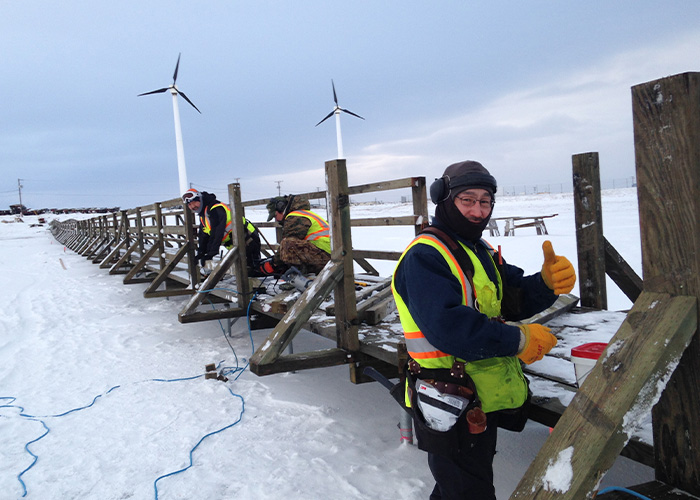
“The NRCS, they try to take part in our lifestyle. That’s very different from other agencies,” William said. “They spent time with us, and they brought the community together and they wanted input from everyone. We asked the people that were using the land what areas were important and why they were going out.”
The trail has been successful in helping local residents continue subsistence practices while also protecting habitat.
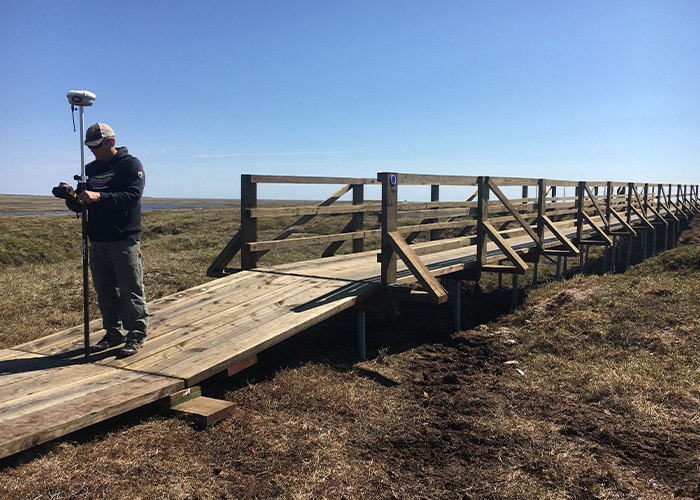
“With the boardwalk, it’s so much easier to be out there and you can bring children, too,” Virginia said. “We look forward to going out every year now because it’s something we learned and grew up with. My grandmother and my mother taught me. I taught my daughter and now I’m teaching my grandchildren the ways of gathering and picking.”
More Information
Visit local farms, ranches, forests, and resource areas through our Fridays on the Farm stories. Meet farmers, producers, and landowners who are working to improve their operations with USDA programs.
USDA offers a variety of risk management, disaster assistance, loan, and conservation programs to help producers weather ups and downs in the market, recover from natural disasters, and invest in improvements to their operations. Learn about additional programs.
In May, U.S. Secretary of Agriculture Brooke L. Rollins signed a Secretarial Memorandum that recognizes the unique legal relationship with Indian Tribes, American Indian/Alaska Native tribal citizens, and the Native Hawaiian Community as distinct from DEI, gender ideology, or non-merit-based programming.
For more information about USDA programs and services, contact your local USDA service center.
Tracy Robillard is a public affairs specialist for NRCS in Alaska

